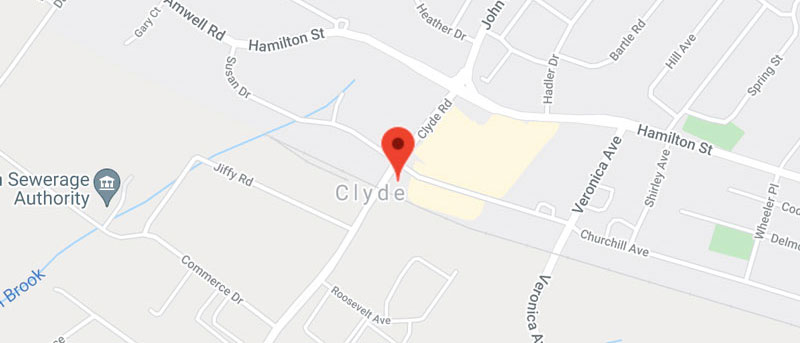Tears are made in the outside corners of the eyes, travel across the surface of the eye, and are absorbed by four very fine tear ducts that drain into the nose. Any abnormality in this process can prevent normal tear flow and cause teary, itchy, or watery eyes. When severe, this can even lead to infections in the tear sac or face. This may be caused by allergies, trauma, radiation or certain medicines used to treat cancer; tearing may often be present with no discernible cause.
Treatment is dependent on the reason for the tearing. Tearing can be from a combination of 3 causes – excessive tear production, poor tear pump function, or insufficient tear drainage. Tear production excess occurs in corneal diseases such as dry eye or blepharitis or eyelash disorders. Tear pump disorders occur when there is incomplete eyelid closure from facial paralysis, ectropion, or facial scarring. Tear drainage disorders block proper tear outflow. This requires detailed evaluation to assess and determine the root cause. We look forward to working with you to evaluate and tailoring treatment to your specific condition.







